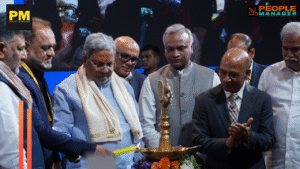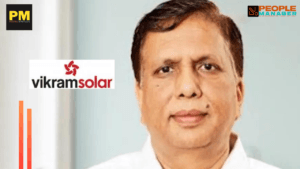Household distress growing female workforce in India, NOT economic growth : Study
India's female labour force participation rate rose to just under 33% in the wake of the COVID pandemic, an increase from the pre-pandemic rate of 30%. However, it continues to be relatively low compared to the potential workforce.

Household distress growing female workforce in India, NOT economic growth, a university’s research study
Women’s participation in the labor force allows educated women to become self-sufficient. The adventure began after 1970 and is still ongoing. Female labor participation increased throughout the 1990s, particularly in the early 2000s — decades of strong GDP development.
Annual Labor Force Participation Rate in India (in percent) (FY2018-20) | |||
| Female | Male | All |
FY 2017-18 | 17.5 | 55.5 | 36.9 |
FY 2018-19 | 18.6 | 55.6 | 37.5 |
FY 2019-20 | 22.2 | 56.8 | 40.1 |
While male involvement was 56.8 percent in FY 2020, female participation was only 22.2 percent. India’s female labour force participation rate rose to just under 33% in the wake of the Covid pandemic, an increase from the pre-pandemic rate of 30%. However, it continues to be relatively low compared to the potential workforce.
A study discovered that women’s engagement in work is not the cause of economic progress and financial independence, but rather the result of household financial difficulty.
“If participation rises as a result of economic growth and rising labor demand, the implications are very different from if it rises as a result of falling household incomes, which force women into self-employment,” the study stated.
Although more women entered self-employment, earnings from this type of labor were only 85% of what they were in the June quarter of 2019.
In the aftermath of the Covid pandemic, female labor force participation in India grew to little under 33%, up from 30% before the pandemic, but it remains very low. Despite a lower income difference compared to the early 2000s, women earned only 76% of what males earned in 2021-22.
According to the university’s research, India’s economic growth has been less reliant on employment creation than the average for emerging countries.
“In India, long-run GDP growth and employment growth have been uncorrelated, implying that policies aimed at achieving faster GDP growth will not necessarily speed up job creation,” according to the research.
According to the research, youth unemployment is especially severe, with the unemployment rate among graduates under the age of 25 reaching 42.3% as of June 2022. This rate, however, rapidly declines with age, falling to 22.8% for the 25-29 age group and 9.8% for the 30-34 age group.
The Indian government recently proposed allocating one-third of the seats in the lower house of parliament and state assemblies to women.
Value our content… contribute towards our growth. Even a small contribution a month would be of great help to us. Since our establishment, we have been serving the industry through daily news and updates.
Our content is free for all, and we plan to keep it that way.
Support People Manager. Pay Here (All it takes is a minute)
- Vikram Solar Appoints Arun Mittal to Lead its Energy Storage Arm - December 3, 2025
- Preventive Healthcare Emerges as a Strategic Investment | Howden Global Employee Benefits Report - November 18, 2025
- Apollo Tyres Ltd and KIIT Announce India’s First Strategic Academic Collaboration - November 18, 2025








